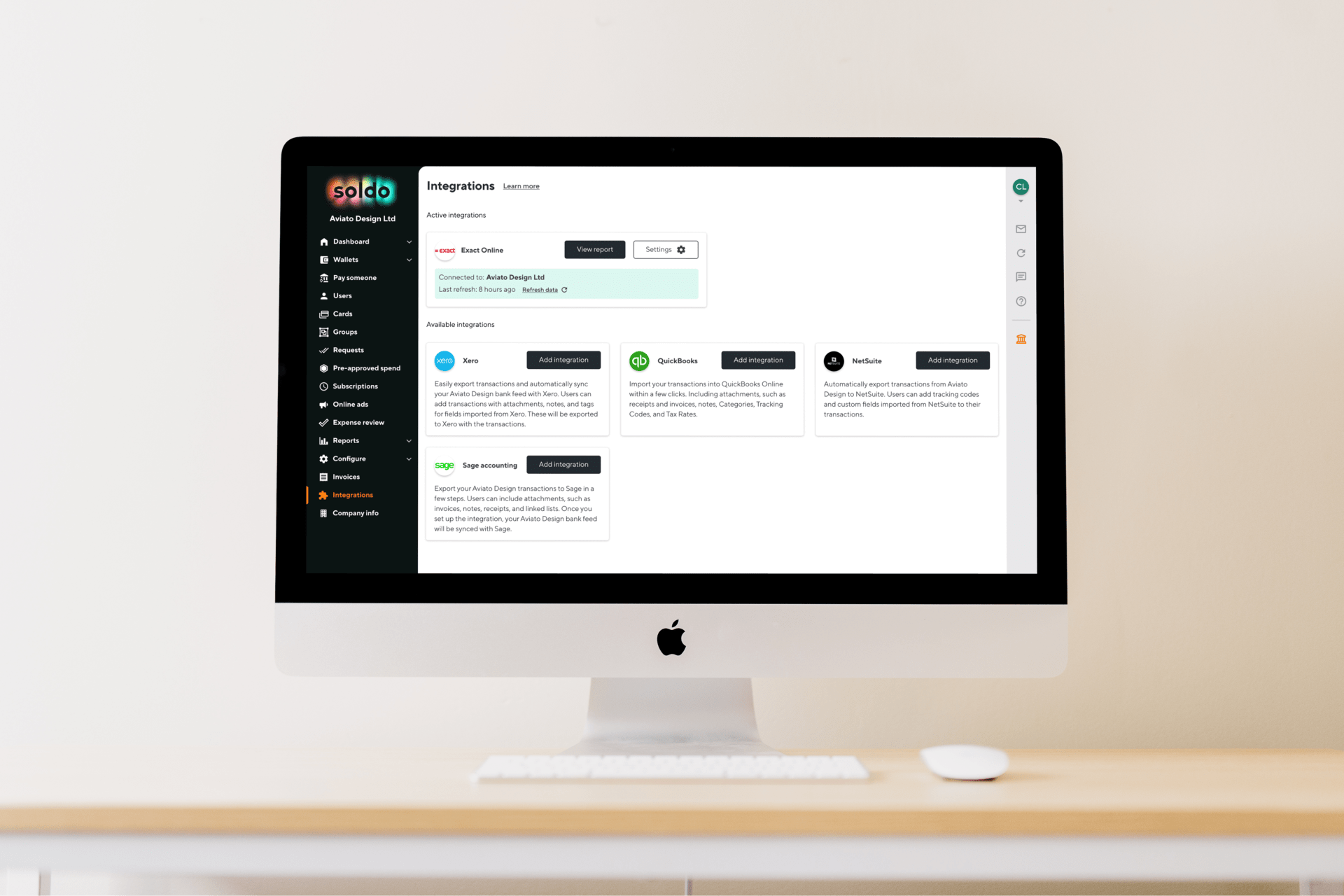In the traditional relationship between banks and businesses, banks play two roles:
• Supplying the core resource any business needs – finance
• Enabling the transfer of funds from one point to another – payments
What banks provide in each of these activities hasn’t changed much over time. As a result, businesses have come to accept that there are intrinsic limitations on what banks can do for them.
But recently, fintech start-ups have started to deliver more effective alternatives to financing from banks. Companies like Funding Circle, Iwoca, Satago, and Credimi offer flexible, agile solutions that have proven attractive to businesses. It’s too early to say whether businesses will ever fully migrate from banks to more innovative players, but there has been a change in the market.
There’s been less transformation in payments, which – for most businesses – still represent a bottleneck in their processes.
What banks do today is simple, they transfer funds from one account to another. For businesses to make a payment, first the bank supplies an account. Then the bank moves and tracks funds from the company account to a supplier’s account. This simple mechanism describes almost all transactions.
After the payment is made, and the business wants to turn this payment into an expense in its P&L, additional information is needed. Knowing the context surrounding the purchase is necessary to justify spending in accounting. But this is not considered part of their mission by the banks; they have decided that helping businesses provide this information is outside their remit.
Too little information
There’s more to expenses than a line in a statement. But the information banks provide post-purchase is thin on the ground. Let’s look at a few payment methods and the data that’s typically in attendance:
There’s more to expenses than a line in a statement. But the information banks provide post-purchase is thin on the ground. Let’s look at a few payment methods and the data that’s typically in attendance:
• Banks transfers: Usually classified based on what’s useful for the bank, they have one short line of text for explanation and the counterparts are just account numbers.
• Credit or debit card payments: Normally only including a short description of the vendor, the date and the amount.
In both cases, the information associated with the payment isn’t enough to correctly book an expense. The expense needs the addition of rich data – including, but not limited to, the expense type based on accounting principles and category according to the company’s classification criteria, proof of payments, detailed information about the supplier and other notes to support internal management. The expense record remains incomplete, and manual tasks await the employee and the company’s administrative back office.
Let’s consider one of the most common and significant expenses for any business – travel expenses. In a typical scenario, a travelling employee pays with a card. In this case, let’s say it’s for dinner with a customer and a colleague on July 15th.
Following payment, the merchant’s account receives a transfer. The credit card statement records a transaction. At the end of the month, the credit provider debits the company bank account.
But to correctly account for this expense, the employee will have to:
● Keep a receipt in her wallet for two weeks
● Write the reason for the dinner and the participants on the back of the receipt
● Transfer this information manually into an expense report form at the end of the month
● Include the receipt in an envelope
● Deliver everything to the accounting team
In turn, the accounting team will have to:
● Take the form with the data
● Validate that the purchase is in line with policies
● Verify that all the additional information requested is present
● Transfer the information to the accounting system
The employee who paid usually adds this essential expense information many days after the payment. In addition to possible mistakes, data is in a format that doesn’t integrate easily with downstream business processes, meaning even more manual work for administrators.
It’s easy to see how these inefficiencies could be avoided or mitigated – capturing the right information at the moment of purchase; automating the classification as much as possible based on available context data, and; making data available in a format that drives automation throughout the process.
There is a perfectly understandable reason behind these omissions. Banking systems were designed in an era when processing, storage and communication capabilities were at a premium, so they had to focus on the essential. Manual work was cheaper than solving some problems with technology.
But this is no longer true, one digital photo contains more information than a year’s worth of bank statements, cloud storage can store a lifetime’s worth for a nominal cost.
A better way
When we founded Soldo, we had a vision of a ‘bank’ that could be the perfect partner for businesses, and we identified two areas that were critical to making it work:
● Before the payment: By creating an account that is more aligned with business needs.
● After the payment: By making it possible to capture the information needed to streamline the transformation of payments into expenses at the point of purchase.
Before the payment:
Looking at how businesses operate, we identified a growing need to enable multiple people or departments to spend company money. In most instances, it helps staff to do their job efficiently and with the speed needed today.
Having a single bank current account – as banks typically provide – creates a lack of flexibility to delegate spending to all parties involved in business decisions. That’s because sharing access to the business bank account and money contained within it is risky. As a result, there is a centralisation of all payment decisions.
The alternatives (company cards, cash advances, reimbursement procedures) require a lot of work, are costly and lack the ability to make controls real time and automatic.
So we understood that we could do BETTER than the existing banks and developed the multi-user account by:
● Creating a bank account that could be divided into as many subaccounts as the business requires, each linked to one or more cards for employees, contractors or department.
● Providing a rich set of specific pre-emptive controls managing the authorisation to spend money for the business – minimising the company’s exposure to overpayments and fraud etc.
After payment we could optimise the administrative processes by:
● Making sure that each transaction is enriched with the contextual information that’s required to ensure the payment can be turned into an expense.
● Allowing seamless integration to the other IT systems used in the company.
We recognised that we needed to do MORE than banks by expanding to the fulfilment of tasks that banks consider outside of their scope. For now, we have decided to focus on business travel payments, online spend and fuel purchases, but we envision expanding support to include all company payments.
What we see when we engage with potential customers is an incredible level of inefficiency spread across different functions. But what’s most striking is that these inefficiencies are often considered inevitable because of the business’ low expectations of what the banking system can do for them.
We believe that companies will soon demand more and actively look for players that can support their need for efficiencies and effectiveness. Solutions exists to radically improve the way business spending is managed, it’s time for companies to open their minds to this innovation.












